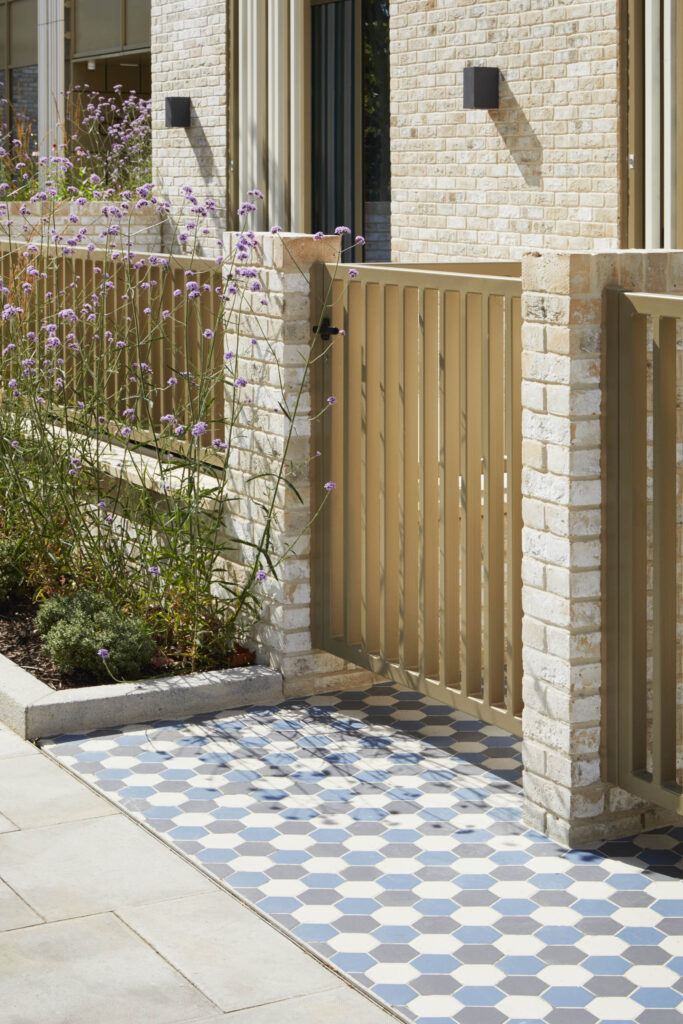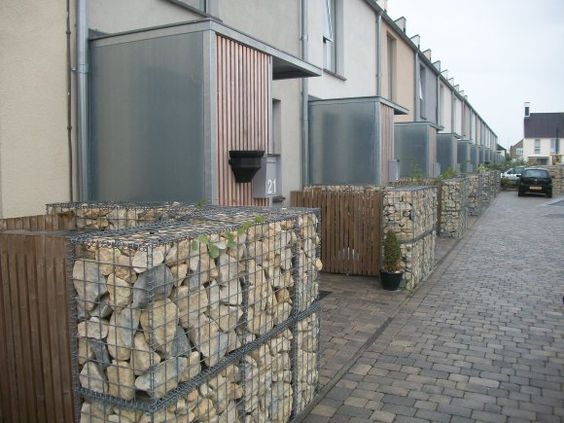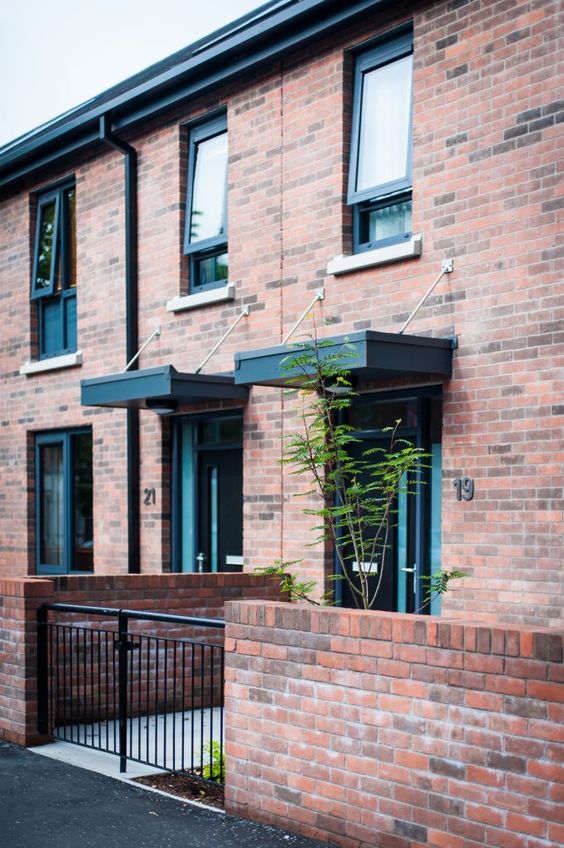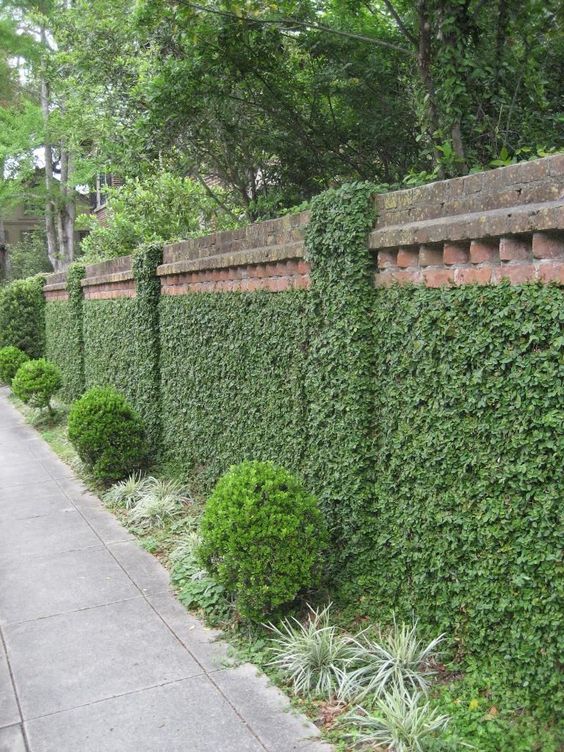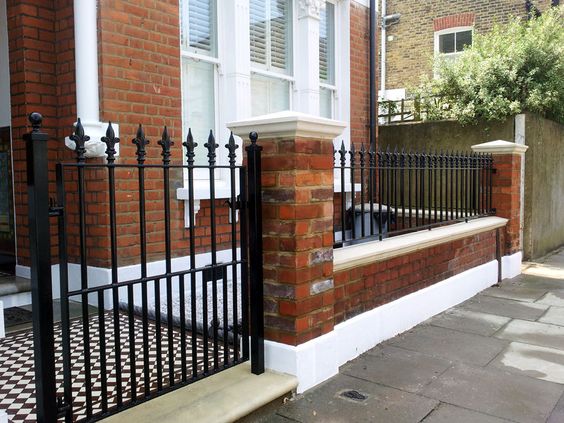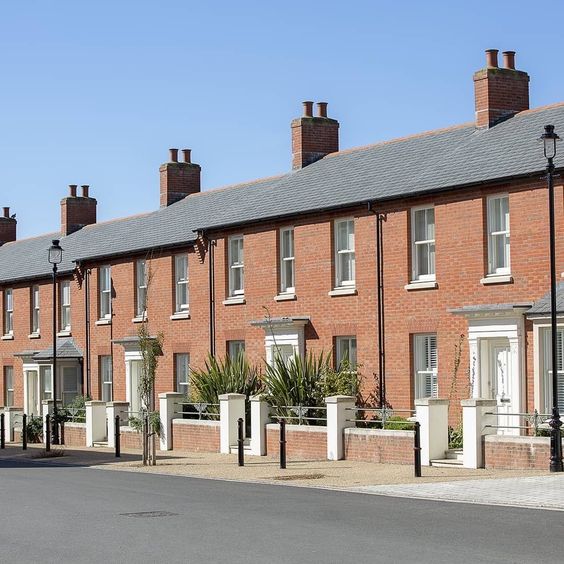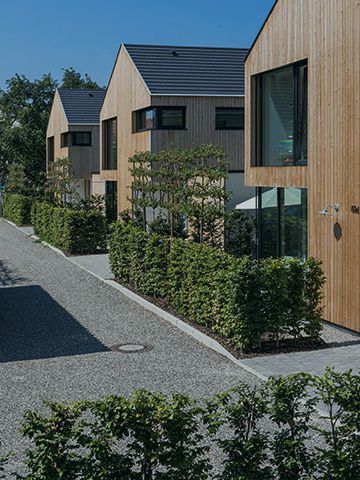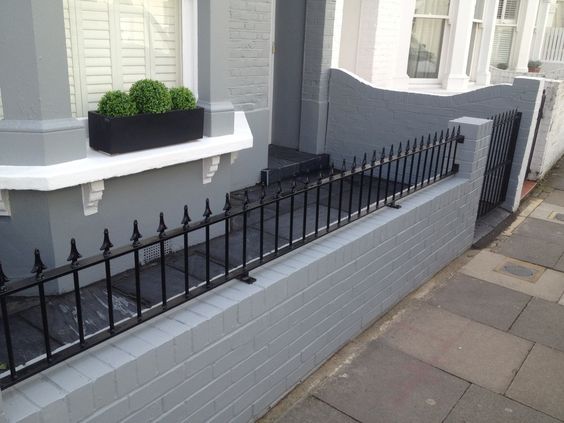How to comply with the code
Help Guide
How to comply with the code
Introduction
The Trafford Design Code has been structured in a user friendly and accessible format that demonstrates the qualities of good urbanism to ensure that development projects are well-designed and will provide a fitting legacy for the Borough.
We also want to ensure that applicants are very clear about how they can demonstrate their project will comply with this Code.
The following section outlines this process.
Comply or Justify
How you can comply with the Design Code has been clearly explained, using examples, diagrams and further guidance whenever possible. Each code contains information to state what needs to be done to comply with the code or justify why an alternative approach was taken. This flexible approach has been taken to ensure that innovative proposals can still come forward and to ensure Trafford’s unique context is respected. T
he approach taken is for applicants to comply or justify their design response as explained below. The expectation is that applicants will comply with the Code, however there may be scenarios where applicants are able to justify why an alternative design response was taken and how that will result in a better design outcome.
Comply
Applicants must clearly demonstrate how the design of their project complies with the objective established in each code. Sometimes there may only be one response possible for achieving compliance, in some instances there may be a variety of ways the code can be complied with.
Justify
Applicants are able to justify why an alternative design response was taken and how that will result in a better design outcome. Justifiable reasons for non-compliance may relate to an alternative but nevertheless high-quality architectural approach, or a highly sustainable design. Each justification will be assessed on its merits by Council officers so must be accompanied with explanations, plans, drawings, visualisations and models to demonstrate the approach taken.
Compliance documents
The Trafford Design Code has been established to try and remove any uncertainty or confusion felt by applicants regarding what type of information must be submitted alongside a planning application. Each sub-section contains clear information on how applicants should seek to demonstrate to officers their project complies (or justify why not) with that design code section. This need not necessarily require the submission of a lengthy compliance document. Applicants may be able to demonstrate how they have complied with relevant codes within the Design and Access Statement or their own compliance statement. This will ensure the officer has all the relevant information and visual documentation to make the necessary decisions.
Ultimately, whether a development proposal complies with the Design Code will be a matter of planning judgement on the part of the Local Planning Authority.


